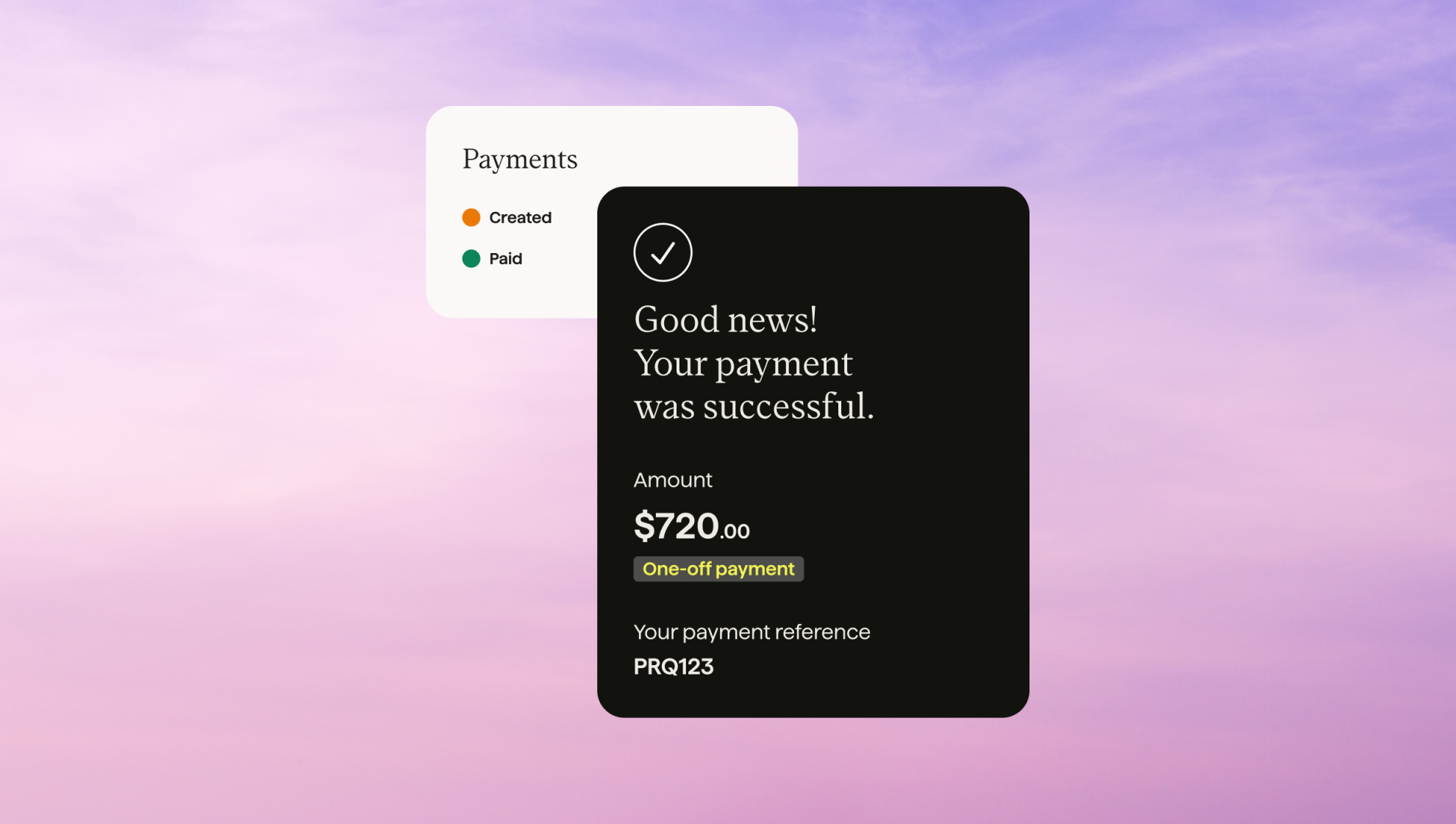3 learnings about how to drive bank pay adoption

Last editedDec 20222 min read
Customers had been telling us they wanted to hear more from their peers about how different organizations approach bank pay adoption. So we convened a panel to do just that.
During our recent How to Drive Bank Pay Adoption webinar I had the privilege of chairing a discussion with Alex Hennes, Financial Partnerships Manager at Affirm, Zoe Newman, US Managing Director at Capital on Tap, and Swapneel Mahajan, Director of Business Applications at 8x8.
We went deep on why these guys started using bank payments, what their experience has been like, and what they've learned along the way about driving adoption. Here are just three of the learnings that stood out to me when it comes to adoption.
There’s no such thing as overcommunication…
Time and again our panel came back to the importance of communicating with customers about the benefits of bank payments versus card payments or other more familiar options. It seemed to be the number one difference maker between adopt or flop for bank payments.
Capital on Tap’s Zoe told us how her company’s onboarding process puts the benefits of not worrying about payment due dates or logging in to make payments front and center, right from the beginning. Then, throughout the customer lifecycle, they make it super transparent that they don’t have a hold over customer accounts that allows them to extract money at will. Customers value that sense of control.
And, according to Swapneel at 8x8, the need for communication cuts two ways: communication with internal stakeholders around what’s in it for the company is vital, too. Among the benefits they want to hear about, reduced processing costs compared to credit cards resonates most strongly.
… but pick your moments
Our panel was also unanimous that when you communicate matters just as much as what you communicate. To convert existing customers to bank payments, businesses need to understand the key touchpoints in the customer journey and be strategic about the timing of their messaging.
Swapneel recommended avoiding the hard sell and going for a drip feed of well-timed messages, in order to create a steady pipeline of conversions. That means aligning messaging to key customer events, such as when their card authorization fails. So instead of sending a possibly out of the blue note saying ‘Hey, we offer ACH,’ companies should aim for something more like, ‘Hey, your charge has failed. By the way, if you move to bank debit, you don't have to worry about this on an ongoing basis.’
He added that the conversion process is a journey on which, bit by bit, you convince a few customers at a time, by identifying the right inflection points when your message will carry the most weight.
Be ruthless when it comes to removing friction
Even exactly the right communication at exactly the right time will only have a limited impact if the experience of signing up to bank payments isn’t also as frictionless as possible. A key point of friction that came up in conversation – and which businesses can easily preempt – was the fact that customers need relatively unfamiliar account information to set up bank payments, compared to when they make card payments.
Affirm’s Alex told us that when it comes to driving economies of scale in bank pay adoption, friction was the biggest killer of uplift. For that reason, ensuring that you reduce friction and therefore drop-off is probably a core and equal requirement to adding the payment method itself.
